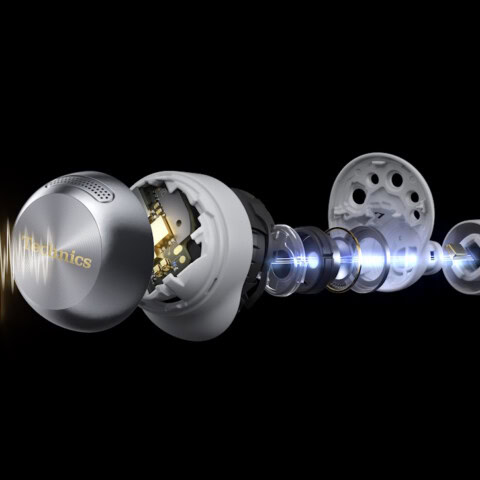PAT PILCHER gets excited about a chip launch and explains what sets Huawei’s Kirin 980 apart.
 It is incredible to think that the silicon in the smartphone you’ve got tucked away in a pocket or purse would have occupied an entire three-acre warehouse and needed its own electricity substation not so long ago.
It is incredible to think that the silicon in the smartphone you’ve got tucked away in a pocket or purse would have occupied an entire three-acre warehouse and needed its own electricity substation not so long ago.
Now successive generations of smartphones are hitting the streets with increasingly sophisticated and powerful CPUs hardware, such as Huawei’s newly announced Kirin 980, which Huawei says is the first system on a chip made using a 7nm process. In non-geek-speak, this equates to better power efficiency (more time between charges) and faster overall speeds (even better Fortnite dance moves).
 The Huawei Kirin 980 will pack a whopping 6.9 billion transistors onto a 1cm wafer, an increase of 1.6 times the transistor count of the previous Kirin 870 which was manufactured using a 10nm process.
The Huawei Kirin 980 will pack a whopping 6.9 billion transistors onto a 1cm wafer, an increase of 1.6 times the transistor count of the previous Kirin 870 which was manufactured using a 10nm process.
According to Huawei, the 7nm chip will deliver a 20 percent performance increase and up to 40 percent SoC efficiency. From a technical standpoint, the Kirin 980 looks set to be a proverbial performance powerhouse thanks to four embedded Cortex A76 cores running at 2,6Ghz which will do the heavy lifting, and are 75 percent more powerful and 58 percent more energy efficient compared to their previous generation. The A76 cores are accompanied by four less energy demanding Cortex-A55 cores that are clocked at up to 1.8Ghz to handle less demanding chores.
 Huawei owns a sizeable chunk of the phone photography niche, and to this end, The Kirin 980 has improved image processing smarts built in. It can recognise up to 4,600 images per minute. AI is also there, with the Kirin 980 having twin neural processing units that will support common AI frameworks such as Caffee, Tensorflow and Tensorflow Lite.
Huawei owns a sizeable chunk of the phone photography niche, and to this end, The Kirin 980 has improved image processing smarts built in. It can recognise up to 4,600 images per minute. AI is also there, with the Kirin 980 having twin neural processing units that will support common AI frameworks such as Caffee, Tensorflow and Tensorflow Lite.
The Kirin 980 is expected to makes its debut in Huawei’s Mate 20 and Mate 20 Pro which is expected to be announced at an event in London on October 16.














